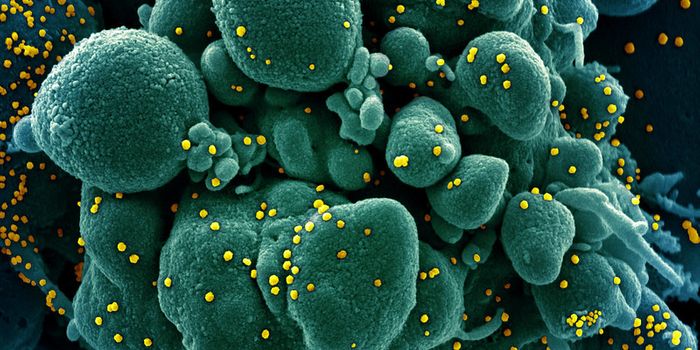Why Cases of COVID-19 Tend to be Milder in Children
Although children can get infected with SARS-CoV-2, the virus that causes COVID-19, and spread it to others, they are more likely to have mild cases. (There are examples in which children have had severe or even fatal cases of COVID-19, but they are still relatively rare).
Scientists are trying to learn more about why adults with COVID-19 are so susceptible to serious illness while kids with the infection tend to only have mild symptoms. While some explanations have been proposed, we still don’t know exactly why mortality from COVID-19 is so much higher in people over the age of 60, and even worse in those that are older. Researchers have conducted a comprehensive literature review and their findings were reported in the Archives of Disease in Childhood.
"Most children with COVID-19 have no or only mild symptoms, most commonly fever, cough, sore throat, and changes in sense of smell or taste," said University of Melbourne Professor Nigel Curtis. "Even children with the usual risk factors for severe infections, such as immunosuppression, were not at high risk of severe COVID-19 disease."
Endothelial cells line organs and blood vessels, and SARS-CoV-2-induced damage to endothelial cells gets worse as the age of a COVID-19 patient increases, Curtis noted. Children tend to have healthier blood vessels.
"We know pre-existing blood vessel damage plays an important role in COVID-19 severity and can lead to blood clots, causing strokes and heart attacks. COVID-19 can infect these endothelial cells and cause blood vessel inflammation," said Curtis. "The endothelium in children has experienced far less damage compared with adults and their clotting system is also different, which makes children less prone to abnormal blood clotting."
Metabolic diseases that exacerbate COVID-19 or vice versa, are also more likely in older people, like obesity and diabetes.
Curtis noted that in addition, children are more likely to have been recently immunized with vaccines including MMR, for measles, mumps, and rubella. There is evidence that this vaccine offers some protection against COVID-19.
Another important factor is the immune system, which is different in children compared to adults. "Children have a stronger innate immune response, which is the first-line defense against COVID-19," added Dr. Petra Zimmermann of the University of Fribourg. "Another important factor is trained immunity, which primes innate immune cells after mild infections and vaccinations, leading to a type of innate immune memory."
The gut microbiome, the community of microbes in our gastrointestinal tract, which has a major influence on our health and immunity, may also be playing a role in how kids respond to SARS-CoV-2 infections.
"The microbiota plays an important role in the regulation of immunity, inflammation, and in the defense against illnesses," Zimmerman explained. "Children are more likely to have viruses and bacteria, especially in the nose, where these bugs might limit the growth of COVID-19."
Zimmermann added that vitamin D levels also tend to be higher in children. The vitamin has anti-inflammatory properties, and recent work has suggested that about 80 percent of adults with severe cases of COVID-19 are vitamin D-deficient.
"The overlap between risk factors for severe COVID-19 and vitamin D deficiency, including obesity, chronic kidney disease, and being of black or Asian origin, suggests that vitamin D supplementation may play a role in helping prevent or treat COVID-19," she said. "In many countries, vitamin D is routinely supplemented in infants younger than one year of age, and in some countries even up to the age of three years."
Some doctors have noted that vitamin D supplements may not be good for everyone, however, and there may be some instances where they can do harm. Others have warned that we don't yet have enough evidence to conclude that taking vitamin D supplements can ward off severe COVID-19.
Hopefully, we will learn more about how to prevent and treat COVID-19 by studying why certain age groups tend to be less severely affected.
Sources: AAAS/Eurekalert! via Murdoch Childrens Research Institute, Archives of Disease in Childhood









